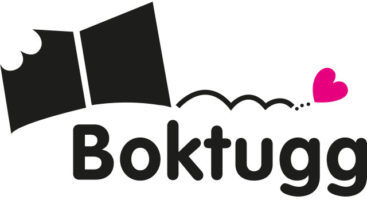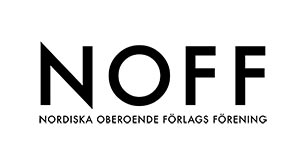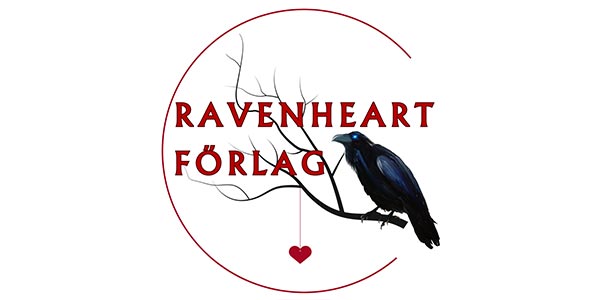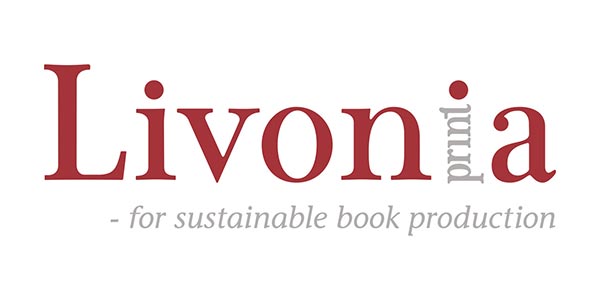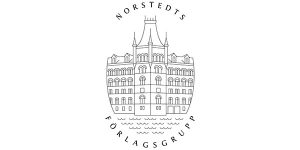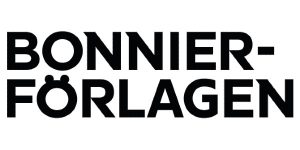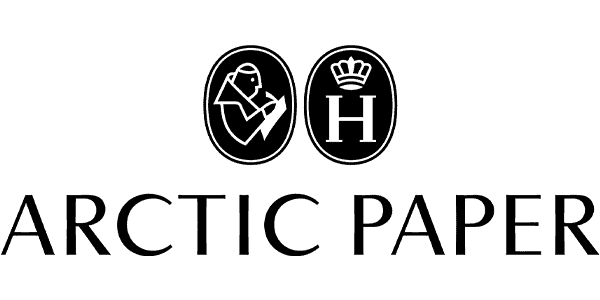
Samtal under lärarlagsmöten : diskursorienteringar i den professionella praktiken

| Serie | Gothenburg Studies in Educational Sciences |
|---|---|
| Författare | |
| Förlag | Acta Universitatis Gothoburgensis |
| Genre | Pedagogik |
| Format | Häftad |
| Språk | Svenska |
| Antal sidor | 277 |
| Vikt | 567 gr |
| Utgiven | 2021-04-16 |
| SAB | Emia |
| ISBN | 9789179630645 |
Teacher team meetings are potential arenas for professional communication, but such meetings take many different forms and cannot automatically be viewed as forums for constructive communication. The aim of this study is therefore to contribute with increased knowledge about the communication structures and discourse orientations found in teacher team meetings. The study is based on observations and audio recordings of meeting conversations that took place among five teacher teams. The meetings are analyzed using Basil Bernstein’s theory of horizontal and vertical discourses. An analytic tool is developed to analyze three conversational structures and their discursive orientation during meeting conversations, namely: ideational structure (content), interpersonal structure (relation) and textual structure (form). The results show that a horizontal discourse orientation operated in all observed meetings. This means that the conversations are segmented and characterized by frequent topic changes and multiple subject foci. Topics are mostly strongly context-bound and of a practical and logistical nature. Reasonings are based primarily on direct experience-based knowledge and a subjective approach. The conversations are also characterized by consensus, humor and a strong emphasis on closeness and care orientation. The language use is often vague and informal in nature. Both a vertical and a horizontal discourse orientation are important in teachers' professional conversations, but crucially both discourses must be present. Important parts of contextual awareness and reasoning can be omitted from meetings when solely utilizing a horizontally oriented discourse. It can also entail limitations in professional practice, for example in terms of considering and dealing with complex issues and generalizing beyond individual situations and experiences. This can lead to a lack of common understandings, an absence of joint reflections and insufficiently rigorous problem analyses, as well as the absence of a holistic view on professional issues.
